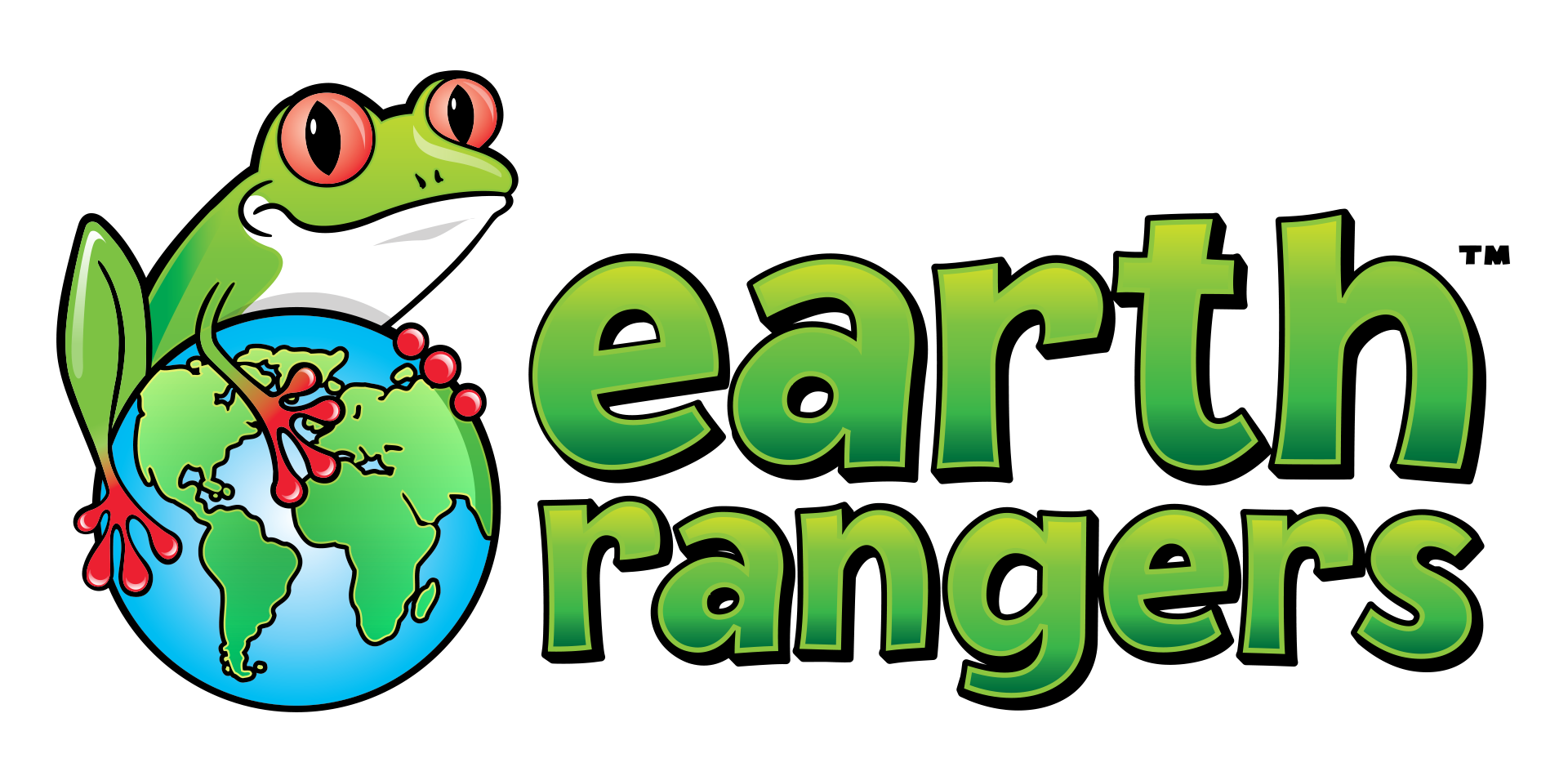Let’s test how much you know about bottled water. Take the quiz below, keep track of the number you got right and let us know in the comments section how you did. For this quiz, there can be more than one right answer for some of the questions!
Don’t forget to accept your Water Taste Challenge Mission!

a) 187 times
b) 269 times
c) 342 times
d) 53 times
Highlight to reveal answer: b) 269 times

a) True
b) False
Highlight to reveal answer: b) False – there are fewer regulations (rules) on bottled water than tap water.

a) A well
b) A glacier
c) A public water supply (like a tap)
d) A spring
Highlight to reveal answer: All of the above

a) True
b) False
Highlight to reveal answer: a) True

a) About 1 year
b) About 10 years
c) About 100 years
d) About 1000 years
Highlight to reveal answer: d) About 1000 years

a) True
b) False
Highlight to reveal answer: a)True

a) Sea otters
b) Fish
c) Penguins
d) Whales
Highlight to reveal answer: All of these animals might eat plastic mistaking it for food.

a) True
b) False
Highlight to reveal answer: b) False – there are times when people have to buy bottled water but you can reduce your impact on the environment by always recycling your bottles.

a) It fills up their stomach so they can’t eat real food
b) Nothing – Their body breaks it down like regular food
c) Animals would never mistake bits of plastic for food
d) They get super powers
Highlight to reveal answer: a) It fills up their stomach so they can’t eat real food

a) True
b) False
Highlight to reveal answer: b) False – it is the same amount of energy to run over one million cars for a year!
How many did you get right?
[accordion_set] [accordion title=”References” active=”no”]’
– http://pacinst.org/wp-content/uploads/2013/04/bottled_water_factsheet.pdf
– Merkel L, C Bicking and D Sekhar (2012). Parents’ perceptions of water safety and quality. Journal of Community Health 37:195-201.
– Rungchang S, S Numthuam, X Qiu, Y Li and T Satake (2013). Diffusion coefficient of antimony leaching from polyethylele terephthalate bottles into beverages. Journal of Food Engineering 115:322-329.
– Saylor A, L Stalker Prokopy and S Amberg (2011). What’s wrong with the tap? Examining perceptions of tap water and bottled water at Purdue University. Environmental Management 48:588-601.
– Westerhoff P, P Prapaipong, E Shock and A Hillaireau (2008). Antimony leaching from polyethylene terephthalate (PET) plastic used for bottled drinking water. Water Research 42:551-556.
[/accordion] [/accordion_set]


I do not know how to highlight
I can’t highlight anything.
We need to drink out of cups and use reusable straws. Instead of using plastic lids and straws because they go in the trash. That includes plastic silverware and other plastic that only gets used one time. It can end up in our oceans. Sea creatures, fish and other aquatic animals will think that plastic or micro plastic is food. We don’t want our water to be filled with plastic. We want it to be filled with water and creatures not water and plastic. I did both missions that dealt with plastic. I am continuing them still today! We care about the environment and animals! Sure we make mistakes, but no one is perfect. We do our best!
Wow these are great facts to know I will try my best to reduce my plastic use.
I can’t high light
Me neither
Me tooo
They hurt animals
I do not know how to highlight
How do you highlight?
I will tell my Parents that we can only threw out 2 or 1 Plastic Bottles and we will ruse and use reusable Cups for now and I love animals I don’t want them to die.
How am I suposed to highlight it is Soooo complicated.